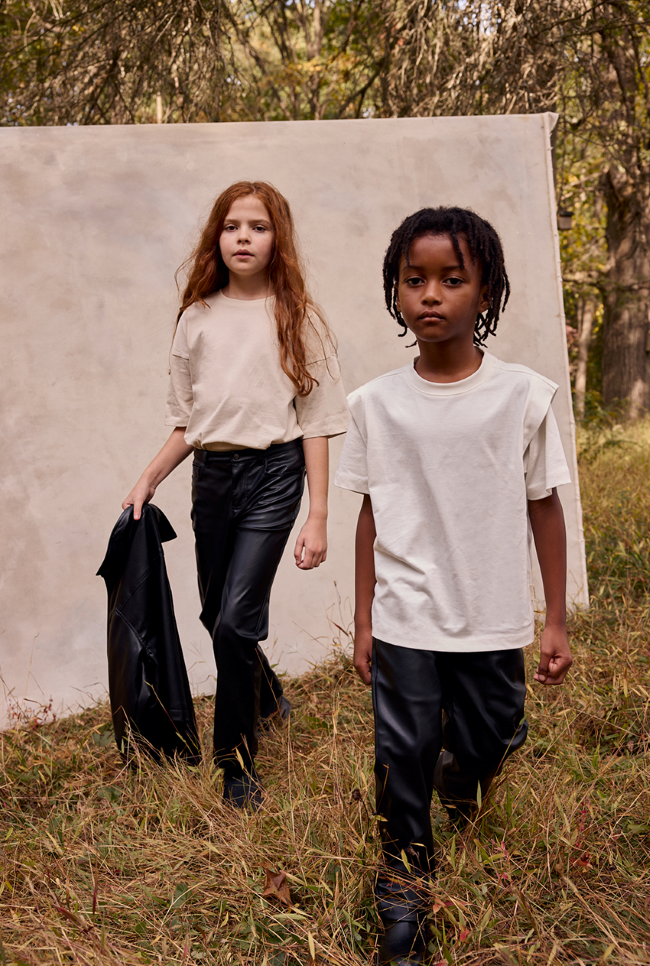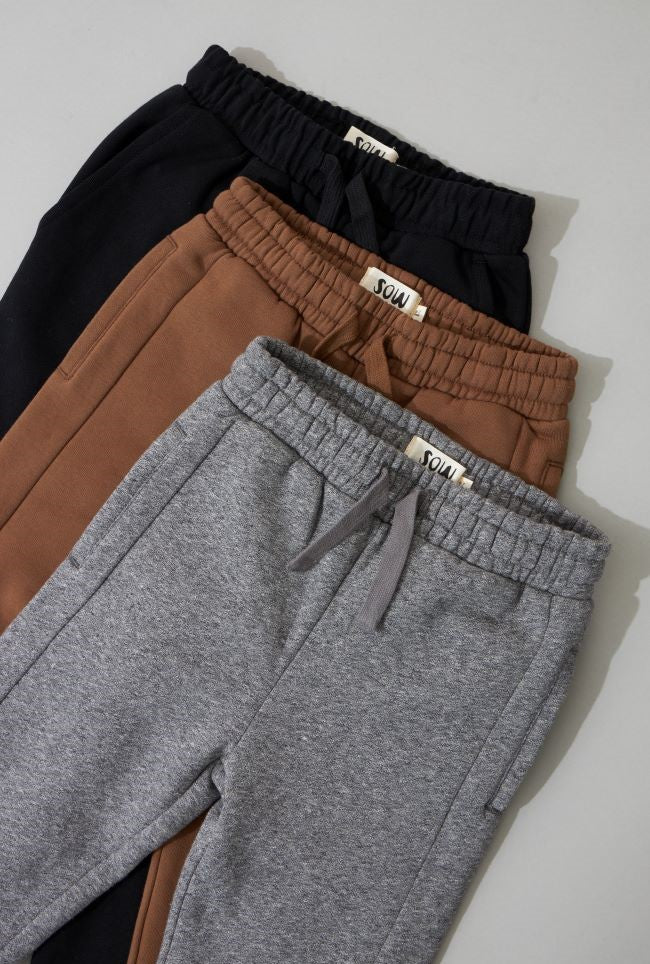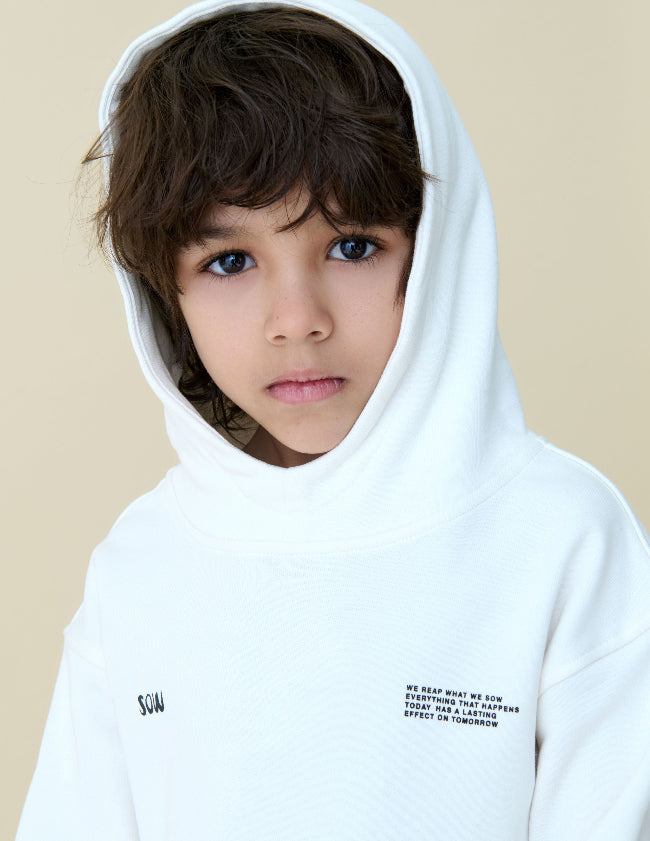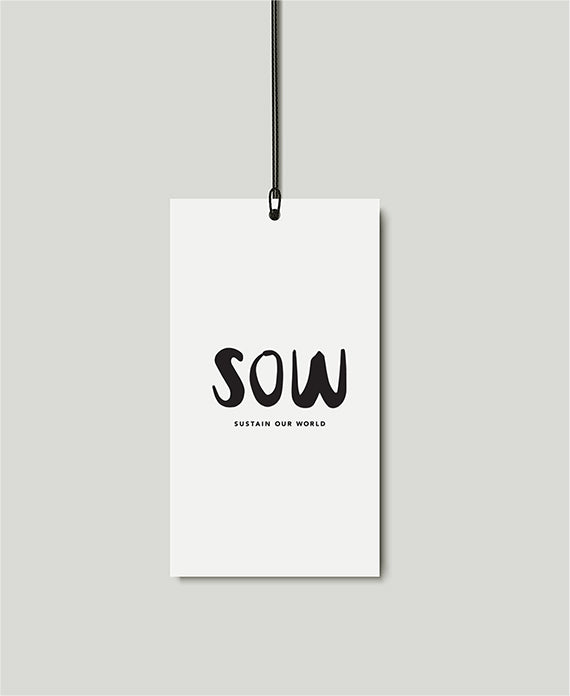What’s in Your Clothes? Understanding the Carbon Footprint of Kids' Fashion

Have you ever wondered about the environmental impact of the clothes your children wear? Every piece of clothing has a carbon footprint, from the materials used to make it to the energy consumed in production, transportation, and even washing. At SOW Kids, we’re committed to educating families about sustainable choices and creating eco-friendly children’s clothing that reduces our impact on the planet.
What is the Carbon Footprint of Clothing?
The carbon footprint of clothing refers to the amount of carbon dioxide (CO₂) emissions produced throughout a garment’s life cycle. This includes everything from growing or manufacturing the raw materials, dyeing and finishing fabrics, assembly in factories, shipping across the globe, and even washing and disposing of the garment at the end of its life.
How Clothing Contributes to Carbon Emissions
- Fabric Production: The textile industry accounts for nearly 10% of global carbon emissions. Synthetic fabrics like polyester release microplastics into the environment, while traditional cotton farming is water-intensive.
- Dyeing & Finishing: The dyeing process alone contributes to 20% of the world’s industrial water pollution, often using toxic chemicals that harm local ecosystems.
- Transportation: Clothing that travels thousands of miles from factory to store increases fuel consumption and emissions.
- Washing & Maintenance: Frequent washing of synthetic fabrics releases microplastics into the ocean and consumes large amounts of water and energy.
- End-of-Life Waste: Over 92 million tons of clothing end up in landfills each year, where textiles made of non-biodegradable fibers can take hundreds of years to decompose.
How SOW Kids Reduces Fashion’s Carbon Footprint
At SOW Kids, we are leading the charge in reducing the carbon footprint of children’s clothing by integrating sustainable practices into every step of our production process.
Eco-Friendly Fabrics
Our garments are crafted using sustainable materials like organic cotton, which requires significantly less water and avoids harmful pesticides, and recycled fabrics that repurpose existing materials to prevent additional waste. Choosing natural, biodegradable fibers helps reduce the long-term environmental impact of kids’ fashion.
Low-Impact Production
We work with ethical manufacturing partners who use responsible dyeing techniques, closed-loop water systems, and energy-efficient production methods to lower emissions and minimize waste. Our commitment to sustainable manufacturing means a healthier planet for future generations.
Plastic-Free Packaging & Seed Paper Hangtags
Unlike conventional brands that use plastic-heavy packaging, SOW Kids delivers products in 100% recyclable and biodegradable packaging. Our garments also feature seed paper hangtags, allowing families to plant wildflowers instead of contributing to landfill waste.
Extending Clothing Lifespan
The longer a piece of clothing is worn, the lower its overall carbon footprint. Our high-quality, gender-neutral designs are made to last, so they can be passed down between siblings, friends, or even generations. Investing in well-made clothing reduces the need for constant replacements and waste.
Making a Difference with Every Purchase
We believe that small, thoughtful choices add up to big change. By choosing SOW Kids, you’re actively reducing fashion’s carbon footprint while providing your child with safe, stylish, and sustainable clothing.
Shop Sustainable Kids' Clothing
Ready to make a difference? Explore our collection of eco-friendly, carbon-conscious kids’ clothing and join us in making fashion a force for good.
Shop sustainable kids' clothing now.
Learn about our carbon-conscious practices.
Discover the story behind SOW Kids.






